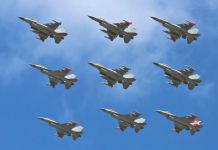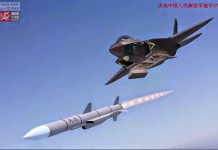There are speculations that US defense giants Lockheed Martin and Northrop Grumman could be in the race to offer a successor to US Air Force’s (USAF) Global Hawk drones.
MiG Vs Sukhoi: Why Indian Air Force ‘Bets Big’ On MiG-29 Fighter Jets Over Su-30 MKIs Against China
The USAF is determined to replace its fleet of RQ-4 Global Hawk drones, deemed obsolete by the service in view of emerging threats from adversaries such as China.
Testifying before the Senate Appropriations Committee, Lt. Gen. David S. Nahom, US Air Force Deputy Chief of staff for plans and programs, said that the successor of the RQ-4 Global Hawk is expected to be inducted into the USAF service by the end of this decade.
Lt. Gen. Nahom said that the existing Global Hawk fleet is inadequate against modern air defenses and its replacements are on the way, reported Air Force Magazine.

At “the speeds, it flies, the altitudes it flies, and the makeup of the aircraft, it’s just not survivable in these contested environments that we’re going to be looking to gather intelligence from in the future”, the top Air Force official said referring to Block 40 Global Hawk.
However, it is said that E-8 Joint STARS and the Global Hawk will be used to meet the Ground Moving Target Indicator mission. Nahom also reiterated that the Global Hawks will be extremely significant in the coming six to eight years, while the USAF decides about their replacement.
He also admitted that the threat has accelerated much more in the past few years. Also present at the Committee meeting, Senator Richard Shelby pointed out that China’s strong economic base makes the Asian country a much bigger threat than the Soviet Union ever was during the Cold War.
Similar concerns were voiced by Air Force General Charles Brown, earlier this year, when he stated that many legacy intelligence, surveillance, and reconnaissance platforms are found to be unable to deliver “needed capabilities on competition-relevant timelines”.
It was recommended that such platforms be phased out, and resources be invested in modern and relevant systems.
The Global Hawk Drones
Developed by Northrop Grumman, the RQ-4 Global Hawk is a high-altitude, long-endurance, remotely piloted aircraft. Equipped with an integrated sensor suite it can conduct intelligence, surveillance and reconnaissance (ISR) missions, during day or night and in all-weather conditions.
According to the USAF, the Global Hawk provides a broad spectrum of ISR collection capability to help the combatant forces in various peacetime, contingency, and wartime operations.

The aircraft is 14.5m in length, is 4.7 m high and has a wingspan of 39.8 m. The speed of the aircraft is 357 mph and the average range is 12,300 nautical miles.
It has been in operation with the USAF since 2001 and has more than 250,000 flight hours in missions supporting military operations in Iraq, Afghanistan, North Africa, and the Asia-Pacific region.
As the USAF seeks to replace it, the two likely contenders to the Global Hawk seem to be Lockheed Martin’s TR-X and Northrop Grumman’s RQ-180
Lockheed Martin TR-X
US defense giant Lockheed Martin believes its new TR-X will be a capable replacement for the USAF’s Global Hawk as well as U-2. The “high-flying, hard-to-see drone” is expected to incorporate the designs of both the U-2 and the Global Hawk, reported Popular Mechanics.
The TR-X is expected to operate in ISR missions, at altitudes of about 70,000 feet. According to reports, the aircraft may have stealth features of the other Lockheed designs, such as the F-22 and F-35 aircraft.
It is expected to have “swept-back wing mainplanes, outward cranked tail fins, and a dorsal intake set aft of the nose”. Mission equipment is expected to be located internally with a built-in modular payload capability.
It would be 16 m long, 4.50 m high and have a wingspan of 21 m. equipped with a General Electric F 118 Turbofan engine to provide an estimated 20,000 lb of thrust. Currently, under development, the TR-X is expected to enter service by 2025.
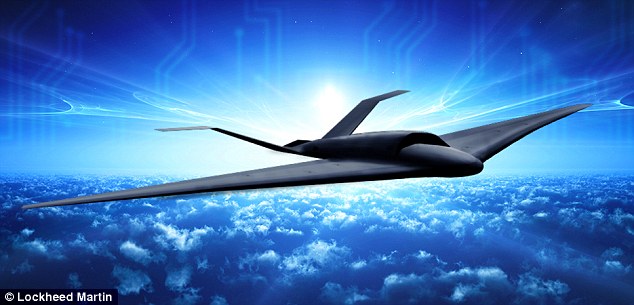
In 2016, Lockheed had proposed a 10-year program to deliver 30 aircraft. Explaining the similarities with the Global Hawk, Lockheed Martin’s U-2 business development manager, Scott Winstead said that the aircraft will have the “same 130-foot wingspan as the Global hawk to prevent basing issues with existing hangars”.
Winstead further mentioned that the TR-X will have a newly designed, straight wing, which will be complemented by low-observable (LO) shaping. The LO and the electronic countermeasures will provide adequate defense against detection by surface-to-air missile systems.
The Northrop Grumman RQ-180
Another contender to replace the Global Hawk is the Northrop Grumman RQ-180 stealth unmanned aerial vehicle. The RQ-180 has its design motivated by advanced, broadband, all-aspect, very low-observable (stealth) requirements, reported The Drive.
The RQ-180 can operate as a networking and reconnaissance platform, which can fly deep into enemy airspace. Flying as high as 70,000 feet, the RQ-180 is expected to outpace fighters and drones in enemy airspace and be capable of gathering line-of-sight data from the F-35 and B-21 Multi-function Advanced Data Link (MADL) systems, and F-22’s stealthy Infra-Flight Data Link (IFDL).
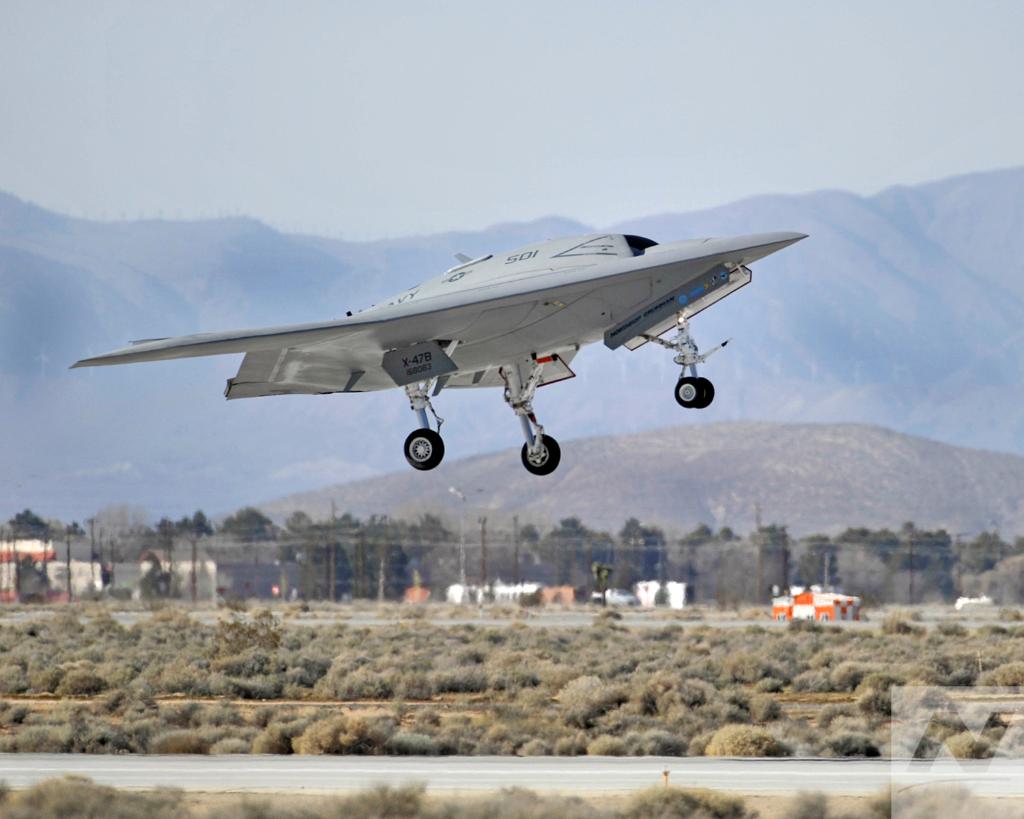
The stealth reconnaissance drone RQ-180 has been operational since 2017, The National Interest had reported. Though the USAF never officially acknowledged the fact, it is believed that the RQ-180 had been based in Guam to support the radar-evading drone in the Pacific region. It is believed that the USAF had tested the RQ-180 at Groom Lake, in Nevada near the Area 51 complex.
The RQ-180 has extensive stealth features, such as a unique body shape and coatings to avoid detection by enemy radars. It is based on the same form and function as that of the Lockheed RQ-170 Sentinel, though it has a more enhanced endurance envelope.
It is 40 m long, 10 m high and has a wingspan of 50 m. It is equipped with one turbofan engine and has a ceiling of 12,200 m and a range of 3,900 km. The drone will be equipped with mission-specific payloads related to its intelligence, surveillance, and reconnaissance missions.
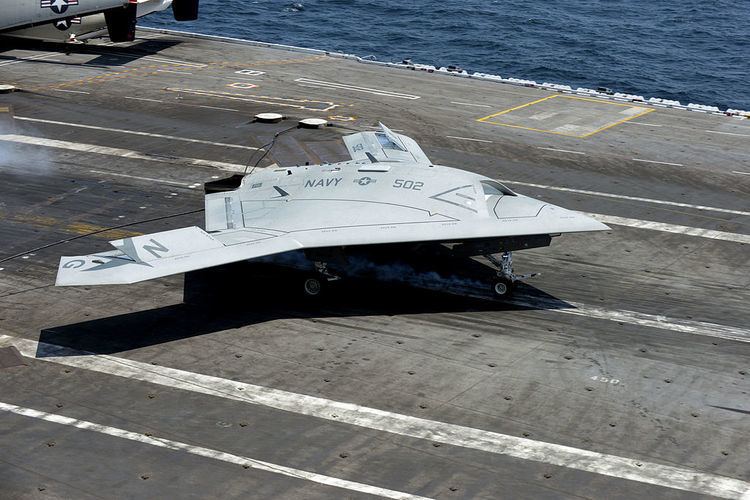
Many experts believe that the RQ-180 has a striking resemblance to another Northrop Grumman manufactured product, the B-2 and the B-21 Raider Bomber.
Last year, The EurAsian Times had also reported that the RQ-180 was photographed by actor Rob Kolinsky when the stealth spy drone flew over his house. In an Instagram post, he mentioned a similarity with the B-21 and stated, “this thing flew over my house several weeks ago and I still have yet to identify it”.


